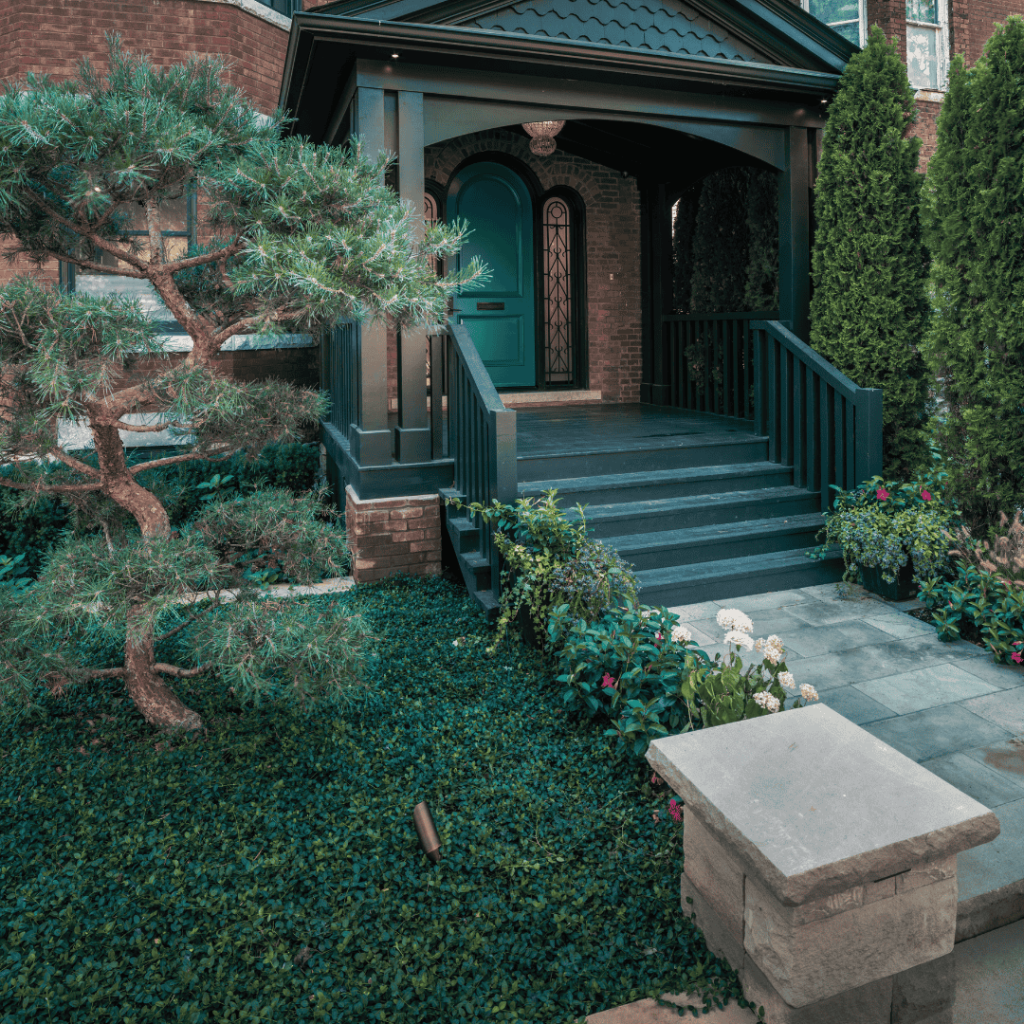The Ultimate Guide to Choosing Outdoor Lighting Colors
When it comes to transforming your outdoor spaces, the choice of lighting color is crucial. Beyond just brightness and fixture placement, the color of your outdoor lighting can significantly influence the ambiance and functionality of your space. Whether you’re looking to create a cozy atmosphere in your backyard or ensure your front yard is well-lit for safety, selecting the right lighting color is key.
Understanding Outdoor Lighting
What is Outdoor Lighting?
Outdoor lighting involves strategically placing illumination in outdoor spaces such as gardens, patios, walkways, and driveways to enhance their aesthetics, safety, and security. Whether your goal is to improve visibility, deter potential intruders, or simply highlight the beauty of your property, outdoor lighting serves multiple essential purposes.
Why is Outdoor Lighting Important?
The primary goals of outdoor lighting include:
- Safety: Illuminating pathways and stairs to prevent accidents.
- Security: Lighting up dark areas to deter intruders.
- Aesthetics: Highlighting the beauty of your outdoor spaces and architectural features.
The Science Behind Light and Color
How Does Light Influence Mood and Perception?
Light has a profound impact on how we feel and perceive our environment. Different lighting colors can evoke different moods. For instance, warm lighting tends to create a cozy and welcoming atmosphere, while cooler lighting can feel more modern and energizing.
Understanding Color Temperature
Color temperature, measured in Kelvin (K), describes the appearance of light provided by a light source. Lower Kelvin numbers indicate a warmer, more yellow light, while higher numbers indicate a cooler, bluer light.
Warm vs. Cool Lighting: Which is Best?
Benefits of Warm Lighting
Warm lighting, typically ranging from 2000K to 3000K, is characterized by its yellow to amber hues. This type of lighting creates a comfortable and inviting environment, perfect for areas where relaxation is the priority, such as patios or garden seating areas.
Benefits of Cool Lighting
Cool lighting, ranging from 4600K to 6500K, offers a crisp, blue-toned light that is ideal for areas requiring clear visibility, like pathways and driveways. Cool lighting is also great for creating a modern and sleek look in your outdoor spaces.
Choosing the Best Colors for Outdoor Lighting
Best Colors for Front Yard Lighting
Soft white or warm yellow lights work best for front yards. These colors create a welcoming ambiance without being harsh on the eyes, making your home feel inviting.
Best Colors for Backyard Lighting
For backyards, consider using warmer tones like amber or even a mix of warm white and colored lights. These colors can create a cozy and playful environment, perfect for evening gatherings or relaxation.
Best Colors for Pathways and Driveways
Cool white lights are excellent choices for pathways and driveways. They provide clear visibility, ensuring safety while also adding a modern touch to your landscape.
Specific Lighting Scenarios
Security Lighting
For security, bright cool white lights are the most effective. They illuminate large areas and reduce shadows, making it difficult for intruders to hide.
Aesthetic and Ambiance Lighting
For ambiance, opt for softer, warmer tones. String lights or lanterns with warm bulbs can add a magical touch to outdoor dining areas or garden spaces.
Safety and Visibility Lighting
Safety lighting should prioritize function over form. Cool, bright lights along pathways, stairs, and driveways ensure these areas are easily navigable at night.
How to Choose the Right Color Temperature
Matching Lighting Color with Outdoor Features
Your outdoor lighting should complement the colors of your home and landscape. Warm lights go well with earthy tones, while cool lights might pair better with modern or industrial designs.
How Surroundings Impact Color Choice
Consider your surroundings when selecting lighting color. Warm lights can contrast nicely with greenery, while cool lights might blend better in urban settings.
Selecting Lighting for Different Weather Conditions
In foggy or rainy conditions, cool lights with higher intensity can improve visibility. Conversely, warm lights are ideal for clear nights when you want to create a cozy atmosphere.
Popular Lighting Colors and Their Effects
- White and Off-White: Versatile and commonly used for both security and aesthetics. They provide bright illumination without overpowering the space.
- Yellow and Amber: Perfect for creating a warm, intimate atmosphere. These colors work well in social areas like patios and decks.
- Blue and Green: Best for decorative purposes. They can create dramatic effects in gardens or around water features.
- Multicolored: Add vibrancy to outdoor spaces, especially during holidays or special events. Best used in moderation to avoid overwhelming the space.
Energy Efficiency and Environmental Impact
LED vs. Traditional Lighting
LED lights are more energy-efficient than traditional incandescent or halogen bulbs. They use less power and last longer, making them an eco-friendly choice for outdoor lighting.
How Color Affects Energy Consumption
The color of light can also affect energy use. Cooler lights tend to be more energy-efficient, while warmer lights might use slightly more power, especially in older bulb models.
Eco-Friendly Lighting Options
Consider solar-powered or LED lights with low energy consumption to reduce your environmental footprint. These options are both practical and environmentally conscious.
Smart Lighting Solutions
Color-Changing LED Systems
Modern LED systems allow for color-changing options, letting you customize your outdoor lighting to fit the occasion. These systems are perfect for parties or seasonal decorations.
Integrating Smart Home Technology
Smart lighting systems can be controlled via smartphone or voice commands, allowing you to adjust the color, brightness, and timing of your lights from anywhere.
Benefits of Smart Lighting Outdoors
Smart lighting offers convenience and energy savings. With features like motion detection and timers, you can ensure your outdoor lighting is both functional and efficient.
Common Lighting Mistakes to Avoid
- Using Lights That Are Too Bright or Too Dim: Avoid glare by choosing the right brightness level for your space.
- Choosing the Wrong Color Temperature: Ensure the color temperature you choose complements your outdoor space to avoid an uninviting atmosphere.
- Overlooking Lighting Design: Good design considers placement, brightness, color, and how lighting interacts with the environment to enhance beauty and functionality.
Visit here to learn more: https://aolponline.org
Conclusion
Choosing the right colors for your outdoor lighting is more than just a design choice; it’s about creating a space that is safe, welcoming, and beautiful. Whether you prefer warm or cool tones, ensure your lighting complements your surroundings and meets your needs.
If you’re looking for professional outdoor lighting design and installation, NightOak Outdoor Lighting is here to help. We offer expert advice and a range of high-quality lighting solutions to transform your outdoor spaces. Contact us today to schedule a consultation.
FAQs
What is color temperature, and why is it important in outdoor lighting?
Color temperature, measured in Kelvin (K), determines the ambiance and functionality of your outdoor spaces. Warm lights (2700K-3000K) are ideal for cozy settings, while cool lights (4000K-5000K) are better for tasks and security.
Can I use colored lights for security purposes?
Cool white lights, around 5000K, are ideal for security lighting as they offer excellent visibility, making it easier to spot potential threats.
Why are white LED lights popular for outdoor lighting?
White LED lights are favored for their visibility, versatility, and energy efficiency, offering various temperatures to create the desired ambiance.
What is the best color for outdoor party lighting?
Warm or multicolored lights are ideal for outdoor parties, creating a festive and inviting atmosphere.
Can I mix different color temperatures in my outdoor lighting setup?
Yes, mixing different color temperatures can enhance various aspects of your outdoor space. For example, use warm lights in social areas like patios and cooler lights along pathways for better visibility.
For more info: https://nightoakoutdoorlighting.com/faqs-resources
For more information or to find a professional installer, reach out to NightOak Outdoor Lighting. We’re here to bring your vision to light!
Let us help: https://nightoakoutdoorlighting.com/contact-us




